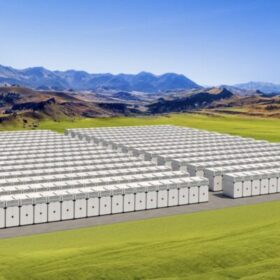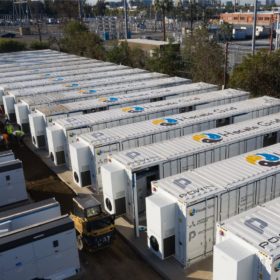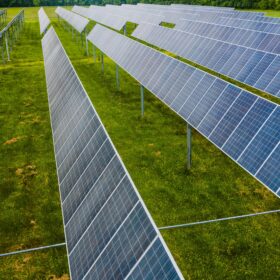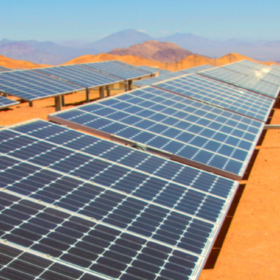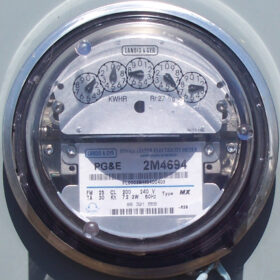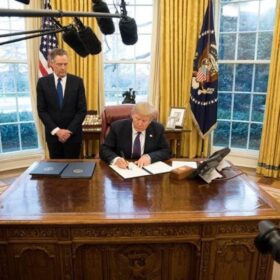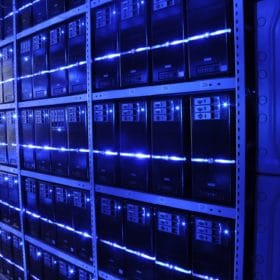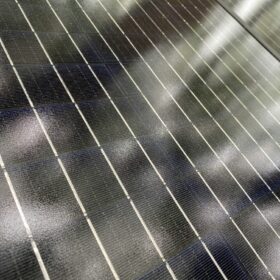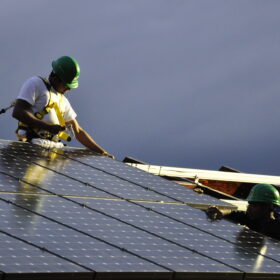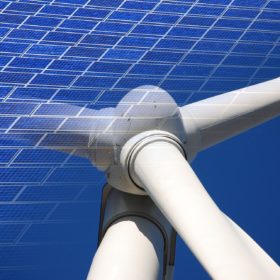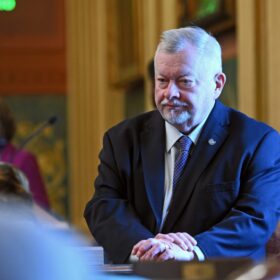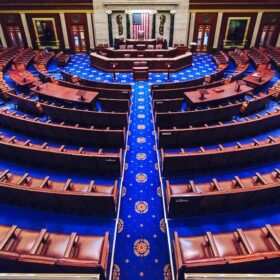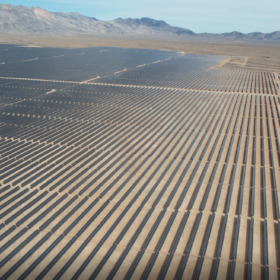A call for better compensation for energy storage in wholesale markets
Improving compensation for energy storage can improve grid reliability and save customers money, says a clean power trade group.
California battery dominance coming into view
The Golden State is deploying energy storage at an exponential pace, doubling capacity every 1.2 years according to a California physicist. This raises a critical question for the state’s renewable future: what happens next?
Bill pushes for more clean energy on public land
After the federal government surpassed its goal for clean energy projects on public lands, a bill introduced in the House of Representatives sets this bar higher while keeping balance on the land’s conservation.
Waaree Energies to double its solar module manufacturing in Texas
This expansion comes at a critical time for the U.S. solar industry with much uncertainty around supply chains and pressure to increase domestic output.
Pennsylvania governor energizes Lightning Plan with ‘all-of-the-above’ approach
The plan could add 118 GW of solar to the PJM by 2040.
New Mexico establishes $20 million local solar grant fund
The fund supports solar installations for tribal, rural and low-income schools, municipalities and counties.
Six ways for California to lower electricity rates
California has an electric bill affordability crisis. The Solar Energy Industries Association makes recommendations to address it.
What Trump’s tariffs mean for U.S. battery storage industry
Analysts see negative impacts across the board, but EV and battery energy storage industries seem particularly vulnerable to U.S. President Donald Trump’s sweeping tariffs.
Generac unveils high-capacity generator line for data centers
The company says its new high-capacity models are designed to integrate with clean energy sources including battery-based energy storage and solar-powered microgrids.
International PV module pricing may rise to $0.11/W by year end
International PV module prices, driven by Chinese averages, will likely rise from $0.08/W to $0.10/W today to $0.11/W by the end of 2025 and potentially $0.13/W by 2027, says Clean Energy Associates (CEA), noting that heterojunction and back-contact technologies now make up 12% of global module capacity.
